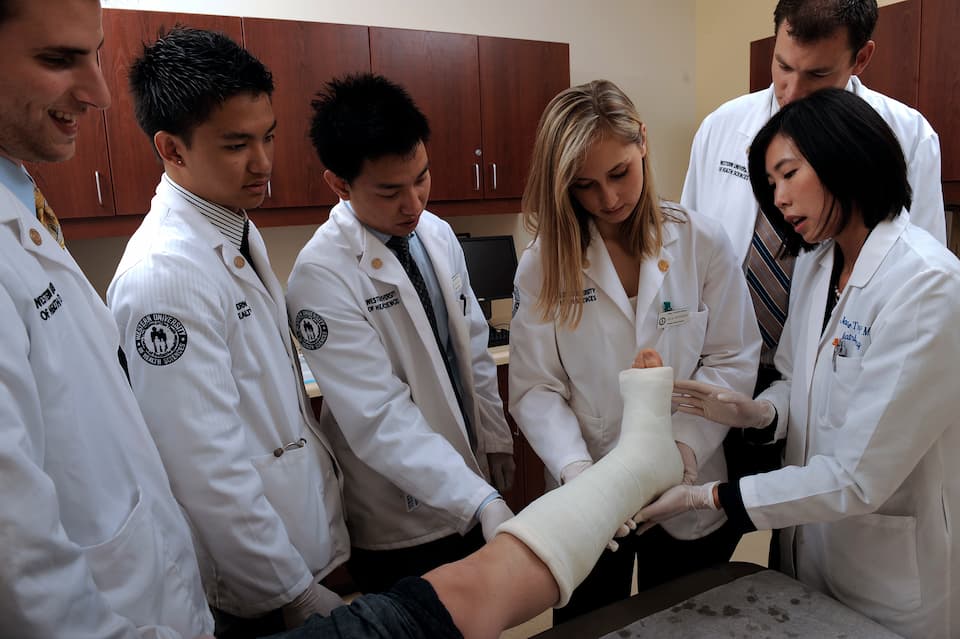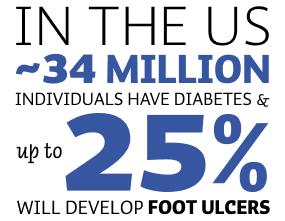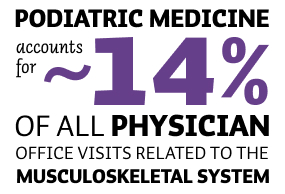Podiatric Residency is the final step on the path to becoming a Doctor of Podiatric Medicine
Podiatric residents spend three years gaining the experience and training they’ll need to begin their own practices or careers.

A podiatric residency is postgraduate training and a requirement for all podiatric medical students that have completed four years of professional graduate education and have passed the required American Podiatric Medical Licensing Examinations (APMLE) Parts I and II.
Post graduate training provides podiatric medical graduates with structured learning and exposure to the profession as they transition from student doctors to competent, independent physicians.
Podiatric residency programs encompass both podiatric medicine and surgery. The programs are resource-based, competency-driven, assessment-validated and consist of 3-years of postgraduate training in inpatient and outpatient medical and surgical management of the lower extremity. Many residencies offer credentialing in reconstructive rear foot/ankle surgery (PMSR/RRA)
Other types of medical residencies can be competitive and exclusionary, but podiatric medical school graduates can expect to be placed in a residency. In 2022, 100% of those that applied for residency were placed.
“The residents there, especially the first and second years who will then become your seniors. Are they approachable, can you ask them questions and are they knowledgeable.”


